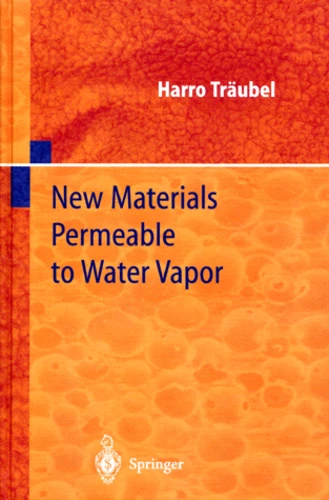NEW MATERIALS PERMEABLE TO WATER VAPOR
Par :Formats :
- Paiement en ligne :
- Livraison à domicile ou en point Mondial Relay indisponible
- Retrait Click and Collect en magasin gratuit
- Nombre de pages355
- PrésentationRelié
- Poids0.64 kg
- Dimensions16,1 cm × 24,1 cm × 1,9 cm
- ISBN3-540-64946-8
- EAN9783540649465
- Date de parution27/07/1999
- ÉditeurSpringer
Résumé
Wool, leather or cotton like most natural products are permeable to air and water vapor. The reason for this property is a fibrous structure consisting of chains of hydrophilic constituents such as cellulose or collagene. It is difficult to imitate this natural phenomenon by synthesis. Ways to obtain water vapor permeability by microporosity or a hydrophilic structure are discussed in this book (nearly 2,500 citations). Most commercial products permeable to water vapor and substitutes for natural leather are named. Materials permeable to water vapor offer a wide range of use, the substitution of leather was only the starting point. Other uses in the medical sector for implants and dialysis, in industry for filtration or catalytic reactions, or for processes demanding the slow release of substances. Further, other applications of this interesting chemistry will surely be developed in the future.
Wool, leather or cotton like most natural products are permeable to air and water vapor. The reason for this property is a fibrous structure consisting of chains of hydrophilic constituents such as cellulose or collagene. It is difficult to imitate this natural phenomenon by synthesis. Ways to obtain water vapor permeability by microporosity or a hydrophilic structure are discussed in this book (nearly 2,500 citations). Most commercial products permeable to water vapor and substitutes for natural leather are named. Materials permeable to water vapor offer a wide range of use, the substitution of leather was only the starting point. Other uses in the medical sector for implants and dialysis, in industry for filtration or catalytic reactions, or for processes demanding the slow release of substances. Further, other applications of this interesting chemistry will surely be developed in the future.

